Did you know that over 70% of individuals who use brainwave entrainment techniques experience enhanced self-hypnosis and improved mental clarity? This statistic sheds light on a transformative tool quietly revolutionizing the way we unlock our own minds. Whether you’re seeking deeper relaxation, improved focus, or a gateway to personal growth, understanding how brainwave entrainment supports self-hypnosis could hold the key to profound change in your daily life.
Unlocking the Mind: Exploring How Brainwave Entrainment Supports Self-Hypnosis
"Over 70% of individuals who use brainwave entrainment techniques experience enhanced self-hypnosis and improved mental clarity."
At the intersection of neuroscience and personal development, how brainwave entrainment supports self-hypnosis has become a compelling subject for those eager to explore their mind’s untapped potential. Brainwave entrainment leverages rhythms and frequencies like binaural beats and monaural beats to synchronize your brain activity, helping you enter a deeper level of relaxation. When used intentionally, these techniques offer a shortcut into the trance state required for effective self-hypnosis, making the process more accessible and impactful than traditional methods alone.
Immediate benefits reported by practitioners include a more profound drop in stress levels, enhanced clarity of thought, and quicker transitions into deeply relaxed and receptive mental states. This practical integration of brainwave entrainment methods—specifically tailored audio frequencies—can transform your hypnotherapy session, making them not just more efficient, but also enjoyable. By exploring the science and application of these techniques, you’ll discover how synchronizing your brainwave state can become a cornerstone of your self-improvement journey.
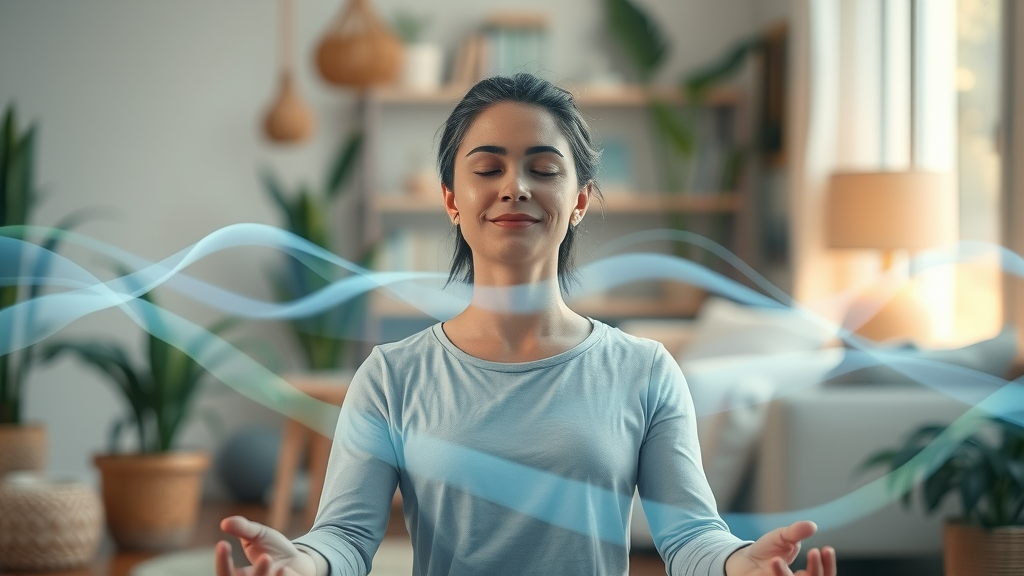
The Surprising Science of Brainwave Entrainment
Brainwave entrainment, sometimes referred to as brainwave synchronization, is a technology that uses external auditory, visual, or tactile stimuli to stimulate the brain’s natural electrical activity. These stimuli employ selected frequencies—such as those found in binaural beats or monaural beats—to nudge your brainwaves into a desired state (alpha, theta, delta, or beta). What’s remarkable is how rapidly your mind can adapt to and align with a guided wave state, demonstrating the brain’s innate plasticity.
Research shows that certain audio frequencies can coax the brain out of its active, alert beta wave state and into the relaxed, inward-turning world of alpha or even theta waves. These brainwave states are directly linked to mental relaxation, creativity, and, most crucially, the ideal hypnotic state for self-hypnosis practices. By leveraging these discoveries, brainwave entrainment provides a scientifically-backed pathway to optimize mental state and access the unconscious mind.
How Brainwave Entrainment Supports Self-Hypnosis: A Gateway to Profound Change
The primary goal of self-hypnosis is to achieve a focused, receptive mental state that allows meaningful suggestions and personal transformations to take root. Brainwave entrainment acts as a catalyst in this process, guiding users into this deeper level more quickly and consistently. Through the use of brainwave frequencies tuned for relaxation or focus, brainwave entrainment simplifies the journey between limbic activity and conscious awareness, making self-hypnosis not just possible, but reliable and repeatable.
For instance, by listening to binaural beats set in the theta or alpha range, practitioners can sidestep the distractions of the conscious mind, facilitating a more profound trance state. This makes each hypnotherapy session more potent, improving outcomes for goals such as pain management, stress relief, or boosting confidence. Ultimately, how brainwave entrainment supports self-hypnosis rests on its proven power to synchronize your brainwave states with the intentions behind your personal growth journey.
What You'll Learn In This Guide
The mechanisms of how brainwave entrainment supports self-hypnosis
The scientific basis behind binaural beats and brainwave frequencies
Key benefits of integrating brainwave entrainment for deep trance states
Expert-backed advice on leveraging binaural beats and monaural beats
Frequently asked questions about effective self-hypnosis practices
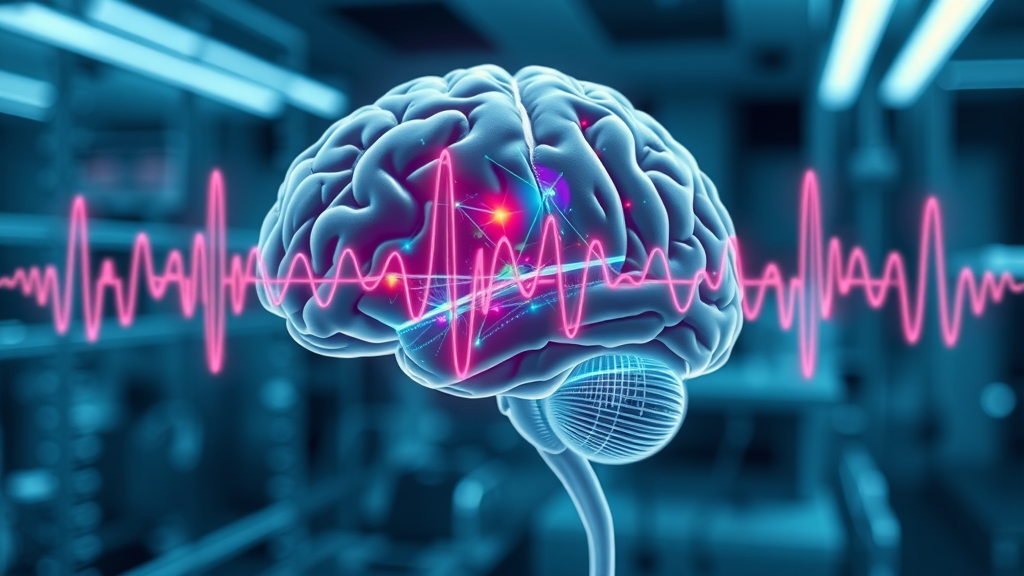
Understanding How Brainwave Entrainment Supports Self-Hypnosis
Defining Brainwave Entrainment and Binaural Beats
Brainwave entrainment refers to the process of guiding the brain’s electrical activity using rhythmic auditory or visual cues. The core concept leverages the brain’s tendency to synchronize its own electrical patterns—known as brainwave states—with the frequency of an external stimulus. Binaural beats are one of the most popular forms used: when you listen to two slightly different audio frequencies in each ear, your brain perceives a third “phantom” beat, encouraging a shift in brainwave frequency corresponding to the difference. Monaural beats, meanwhile, combine two frequencies in a single channel and are played to both ears together, also producing shifts in brain activity.
Both approaches are designed to move listeners into specific wave states—such as relaxation (alpha), deep meditation (theta), or even sleep (delta). The ability to alter brainwave states on demand is what makes entrainment so effective for self-hypnosis, where the goal is to quiet the conscious mind and engage the unconscious mind for meaningful inner work.
How Brainwave Entrainment Works in Self-Hypnosis
In self-hypnosis, consistent results hinge on your ability to achieve a specific trance state. Brainwave entrainment supports this by gently guiding your mind into the necessary wave state for deep relaxation and focused attention. Through regular practice, the brain becomes more responsive to these cues, helping you shift seamlessly from a busy, alert beta wave pattern to the more receptive and creative alpha and theta wave frequencies.
This transition is crucial because self-hypnosis demands that you operate between wakefulness and sleep—a mental state where suggestibility and receptivity to new ideas is heightened. By synchronizing your brainwave frequencies with the rhythm of entrainment audio, you can access and harness the deeper level of consciousness required for lasting change.
The Role of Brain Activity and Wave Frequencies
Your brain activity is defined by rapid shifts in electrical activity known as brainwaves. Each wave frequency is associated with a different state of consciousness—from focused, analytic thinking (beta), relaxation (alpha), drowsy creativity (theta), to deep sleep and unconscious restoration (delta). Brainwave entrainment uses carefully engineered frequencies to amplify or dampen certain bands, steering mental states in real time.
This orchestration of brainwaves enables you to approach self-hypnosis consistently, making it easier to reach the target hypnotic state. Understanding the science behind wave frequencies makes it possible to customize your self-hypnosis sessions, maximizing outcomes for everything from stress reduction to personal growth and creativity.
Overview of Brainwave States and Hypnotic State
The brainwave states are typically divided into four main categories: beta (13–30 Hz), alpha (8–13 Hz), theta (4–8 Hz), and delta (0.5–4 Hz). The hypnotic state is most accessible in the alpha and theta range, where the mind is both relaxed and open to suggestions. This state is characterized by focused attention, reduced critical thinking, and increased receptivity to inner change.
In self-hypnosis, guiding your mind to enter and maintain this state is the foundation of effective practice. How brainwave entrainment supports self-hypnosis is by reliably bringing about the necessary shift in brainwave activity, helping you access your subconscious, quiet internal chatter, and make personal transformations that stick.
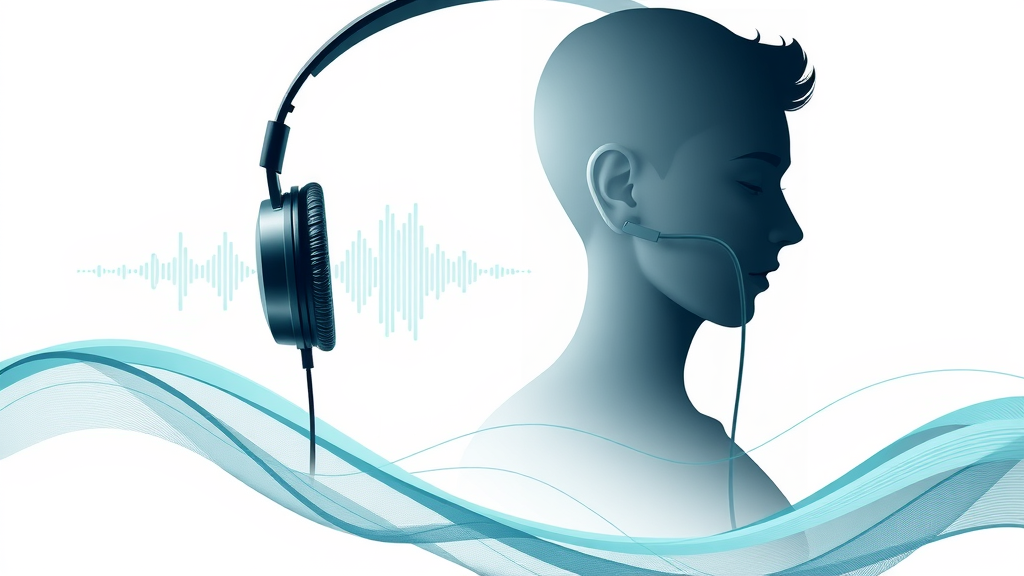
The Science Behind Brainwave Entrainment
What are Binaural Beats, Monaural Beats, and Isochronic Tones?
Three main categories of brainwave entrainment audio include binaural beats, monaural beats, and isochronic tones. Binaural beats require headphones and present two slightly different frequencies—one to each ear. The human brain creates the perception of a third, fluctuating beat, which stimulates brainwave synchronization. Monaural beats combine tones before they reach your ears, often perceived as a pulsing sound even without headphones. Isochronic tones use sharply timed, regular pulses of sound that turn on and off, creating strong, clear frequency driving optimal for entrainment and can be used with speakers.
Studies suggest that, while all three can shift brainwave states, binaural beats are typically favored for deep self-hypnosis because of their gentle, immersive presence and stronger effects on alpha and theta wave frequencies. However, personal preference, quality of the audio, and session goals play important roles in the final outcome.
How Brainwave Frequencies Facilitate Self-Hypnosis
The core mechanism by which brainwave entrainment supports self-hypnosis is frequency following. When you listen to an external audio stimulus at a specific frequency range—say, the theta band (4–8 Hz)—your brain activity naturally tends to align with that rhythm. This is known as the Frequency Following Response (FFR). By leveraging this response, you can intentionally steer your mind into the ideal wave state for hypnosis, bypassing years of meditation practice and arriving at deep, accessible trance quickly.
Brainwave frequencies act like a GPS for the mind, guiding you from active thinking into progressively deeper levels of relaxation. For those struggling with racing thoughts or difficulty achieving a trance state on their own, entrainment techniques offer both consistency and speed, ensuring sessions are effective whether you’re a beginner or a seasoned practitioner.
Trance States: The Bridge Between Brainwave States and Self-Hypnosis
The trance state serves as a bridge between ordinary waking consciousness and the profound receptivity of the hypnotic state. In terms of wave activity, this means moving from fast beta waves—linked with everyday problem-solving—into the relaxed alpha and theta waves necessary for transformative inner work. Entrainment technologies help you cross this threshold by directly influencing the brain’s oscillatory patterns and nudging you into a trance at will.
This predictable, measurable shift in brainwave activity is one of the key reasons self-hypnosis combined with entrainment is so powerful—and why this approach is gaining traction with mental wellness experts, therapists, and those seeking faster, more profound results in their practice.
Comparing Wave States and Their Relevance to Hypnosis |
|||
Brainwave State |
Frequency Range (Hz) |
Mental/Physical State |
Relevance to Self-Hypnosis |
|---|---|---|---|
Beta |
13–30 |
Alert, focused attention, problem-solving |
Not ideal; prevents deep trance |
Alpha |
8–13 |
Relaxed, meditative, creative |
Optimal for light hypnosis |
Theta |
4–8 |
Deep relaxation, meditation, creativity |
Best for self-hypnosis and deep trance state |
Delta |
0.5–4 |
Deep sleep, unconsciousness |
Useful for deep healing, rarely self-hypnosis |

Key Benefits: How Brainwave Entrainment Supports Self-Hypnosis
Deepening the Trance State for Effective Self-Hypnosis
Optimizing Brain Activity for Focus and Relaxation
Targeted Use of Binaural Beats for Mental Wellness
"Brainwave entrainment is revolutionizing the way individuals access deep trance states for self-hypnosis and personal growth."
Practicing self-hypnosis with brainwave entrainment leads to a host of advantages. One major benefit is the ability to consistently enter and maintain a deeper trance state, resulting in more impactful and satisfying sessions. Whether your focus is on self-improvement, stress management, or breaking old habits, entrainment ensures you reach the target brainwave state to maximize these outcomes.
Beyond deepening trance, brainwave entrainment optimizes general brain activity by balancing wave frequencies that reduce mental noise, foster creativity, and elevate overall mental clarity. Targeting specific frequencies with binaural beats is also shown to promote better sleep (delta), heightened learning ability (theta), or increased focus (beta), making it a versatile tool for ongoing mental wellness. As more people turn to these methods, the list of attainable benefits continues to grow.
Step-By-Step: How to Use Brainwave Entrainment for Self-Hypnosis
Choose the right brainwave frequency for your goal
Select between binaural beats, monaural beats, or isochronic tones
Find a quiet and comfortable environment
Start your audio session and focus on relaxing deep breaths
Use visualization to enter your desired hypnotic state

Choosing the Right Brainwave Frequency for Your Self-Hypnosis Goals
Beta, Alpha, Theta, and Delta Brainwave States Explained
Beta waves dominate when you’re alert, problem-solving, or under stress. Alpha waves surface as you begin to relax, meditate, or daydream—this state is associated with ease and creativity. Theta waves are present during very deep relaxation, meditation, and the lighter stages of sleep, marking the sweet spot for self-hypnosis thanks to their ties to suggestibility and inward focus. Delta waves take over during deep sleep and restoration. Understanding this spectrum is essential for leveraging how brainwave entrainment supports self-hypnosis, as selecting the right frequency will define the depth and quality of your experience.
For most self-hypnosis goals—whether reprogramming habits, building confidence, or promoting healing—the theta range (4–8 Hz) is recommended. However, beginners might start with alpha waves before gradually training the mind to reach the deeper theta state. Choosing frequencies tailored to your objective ensures that each session is both safe and purpose-driven.
Brainwave Frequencies and Corresponding Effects |
|||
Brainwave |
Frequency Range (Hz) |
Common Effects |
Self-Hypnosis Applications |
|---|---|---|---|
Beta |
13–30 |
Alertness, anxiety, logical thinking |
Not typically used; can disrupt trance |
Alpha |
8–13 |
Relaxed awareness, creativity |
Entry-level hypnosis, creative problem-solving |
Theta |
4–8 |
Deep relaxation, meditation, insight |
Ideal for deep hypnosis, behavioral change |
Delta |
0.5–4 |
Restorative sleep, unconscious healing |
Deep healing, not conscious hypnosis |
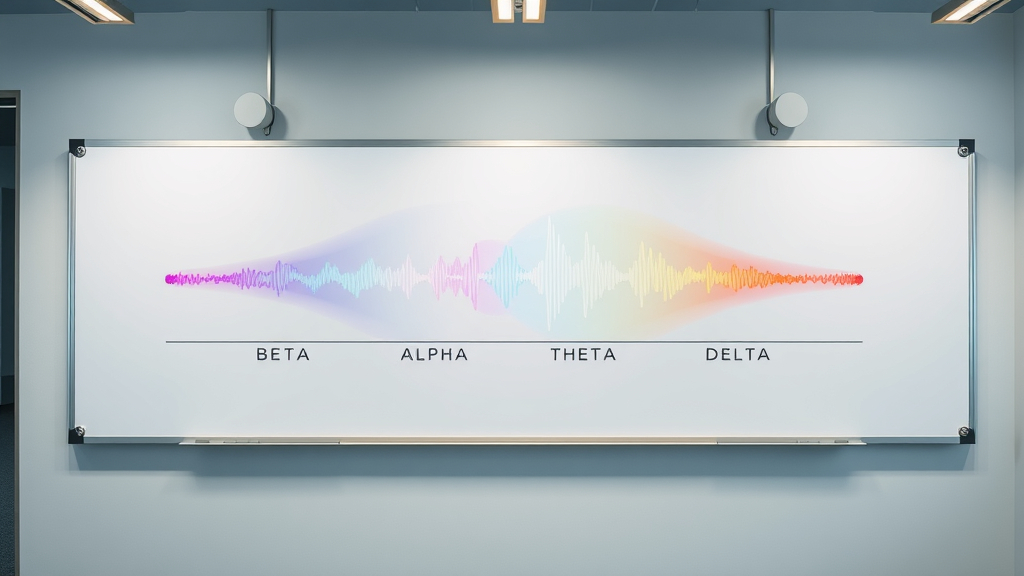
Binaural Beats vs Monaural Beats: Which is Most Effective for Self-Hypnosis?
Binaural Beat and Their Impact on the Trance State
Binaural beats have become widely known for their ability to induce and stabilize trance states. By presenting slightly different frequencies in each ear, your brainwave activity is gently nudged towards the desired frequency range (usually alpha or theta). Many users report that binaural beats offer a more immersive entry into the trance state, especially when distractions are present. The subtle layering of tones helps the brain naturally synchronize, resulting in a profound yet effortless transition into self-hypnosis with enhanced focus and suggestibility, making them especially useful for beginners or those struggling with rapid mental chatter.
The ease of use—requiring only quality headphones—combined with a growing body of empirical support, cements binaural beats as the preferred choice for those exploring how brainwave entrainment supports self-hypnosis. Session audio can be personalized, adapting intensity, duration, and target frequency for optimum results.
Monaural Beats and Their Role in Brainwave States
Monaural beats deliver a rhythmic pulse by merging two frequencies before the audio reaches your ears. The result is a detectable pulsing sound that does not require headphones, making monaural beats convenient for group use or ambient sessions. Monaural stimulation is often described as slightly stronger and more physiologically “felt” than binaural beats, sometimes promoting faster synchronization with the target brainwave state.
Monaural beats excel at sustaining relaxed alpha and theta states, assisting in moving users toward deeper trance over time. Their clear, distinct sound pattern can be beneficial during guided meditations or when entering a self-hypnotic state without using headphones, providing flexibility to your entrainment toolkit.
Comparative Analysis: Efficiency in Achieving Hypnotic State
The choice between binaural beats and monaural beats generally depends on preferences and session settings. Binaural beats tend to deliver a smoother, subtler transition; their effectiveness is heightened with headphones for focused, individual practice. Monaural beats can stimulate a faster or more palpable shift but may lack the subtlety that invites long, uninterrupted trance work. Both methods—when tuned to the right frequency range—are validated for supporting self-hypnosis and mental wellness, and both can be mixed, matched, or alternated for diverse results. Ultimately, personal experimentation will reveal the most effective format for reaching your own unique hypnotic state.
Video explainer: High-level animation demonstrates how audio frequencies synchronize brainwaves and shows the transition into deep calm and focus during self-hypnosis.
Harnessing Wave States for Enhanced Self-Hypnosis
Transitioning Through Brainwave States
The process of self-hypnosis is inherently about transitioning through brainwave states. You might start in beta, where thoughts are active, and gradually drop into alpha and deeper theta levels as relaxation deepens. Brainwave entrainment accelerates this process by guiding your mind smoothly along the spectrum, sidestepping frustration or mental blockages common in meditation. By learning to identify and intentionally shift through these states, you gain control over your mental state and unlock new dimensions of self-awareness and transformation.
Even advanced practitioners will find that integrating entrainment brings a new efficiency and reliability—allowing you to focus on inner work rather than struggling with access to the trance state. Over time, this translates to swifter, more consistent progress in personal goals, creativity, or emotional regulation.
Reaching Optimum Trance States
The ideal trance state for self-hypnosis is marked by reduced sensory input, minimization of internal dialogue, and an open channel to the unconscious mind. How brainwave entrainment supports self-hypnosis here is in lowering the “barrier to trance,” providing a scientifically guided, repeatable map for entering optimum trance consistently, regardless of experience. This reliability is why so many therapists and self-help practitioners now include entrainment in their toolkits, reporting deeper, longer-lasting, and more satisfying outcomes for clients and themselves alike.
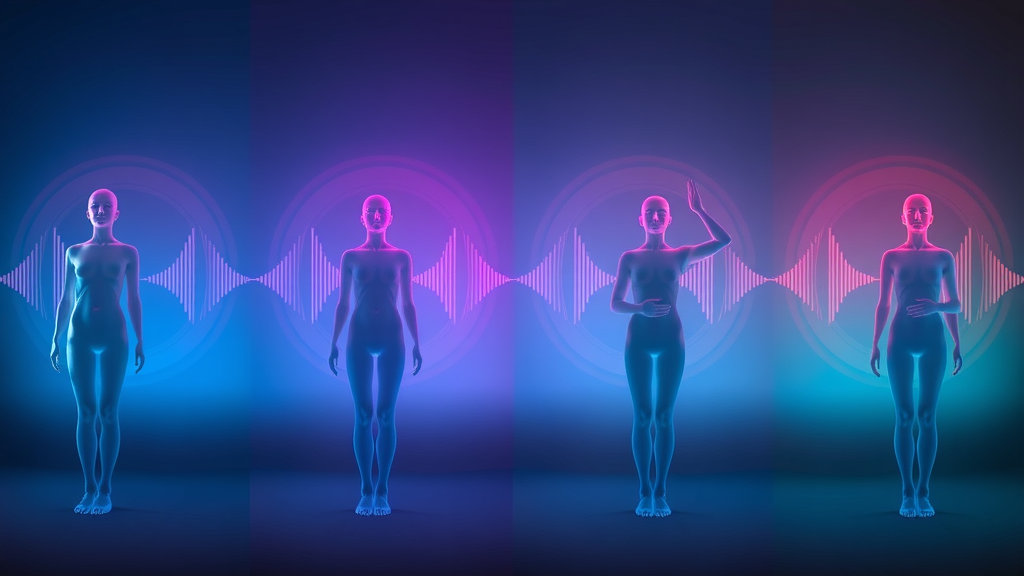
Neuroscientific Insights: What Happens to Brain Activity During Self-Hypnosis?
Functional Brain Changes in Deep Hypnotic States
During self-hypnosis, neuroimaging and EEG studies have recorded marked changes in brain activity. There is a demonstrable shift from fast, scattered beta patterns toward slower, more uniform theta and alpha rhythms. This synchronization is accompanied by changes in electrical activity across the prefrontal cortex (linked to planning and awareness), limbic areas (emotion), and deeper subcortical structures, illuminating the brain’s dynamic adaptability. These functional adjustments pave the way for the relaxed, receptive state necessary for deep hypnotic work.
When combined with entrainment, these changes are not only greater but easier to reproduce, bridging the gap between science and real-world application. Such detailed brain mapping confirms what many practitioners observe: entrainment efficiently facilitates the optimal mental state for lasting self-hypnotic results.
EEG Evidence: Tracking Brainwave Entrainment
EEG (electroencephalogram) technology makes it possible to visualize the journey from waking consciousness into trance and deep hypnosis. Multiple studies confirm that listening to binaural beats or monaural beats leads to a measurable increase in targeted brainwave states, such as alpha and theta waves. These objectively visible shifts are closely correlated with the subjective experiences described by users—deeper relaxation, focused awareness, and improved susceptibility to suggestion.
This clinical validation is why brainwave entrainment is not just a theoretical concept but an active, evidence-based tool in therapy sessions and personal wellness practices. EEG evidence continues to reinforce its legitimacy as a shortcut into the trance state, opening doors for both beginners and advanced hypnotherapy clients.
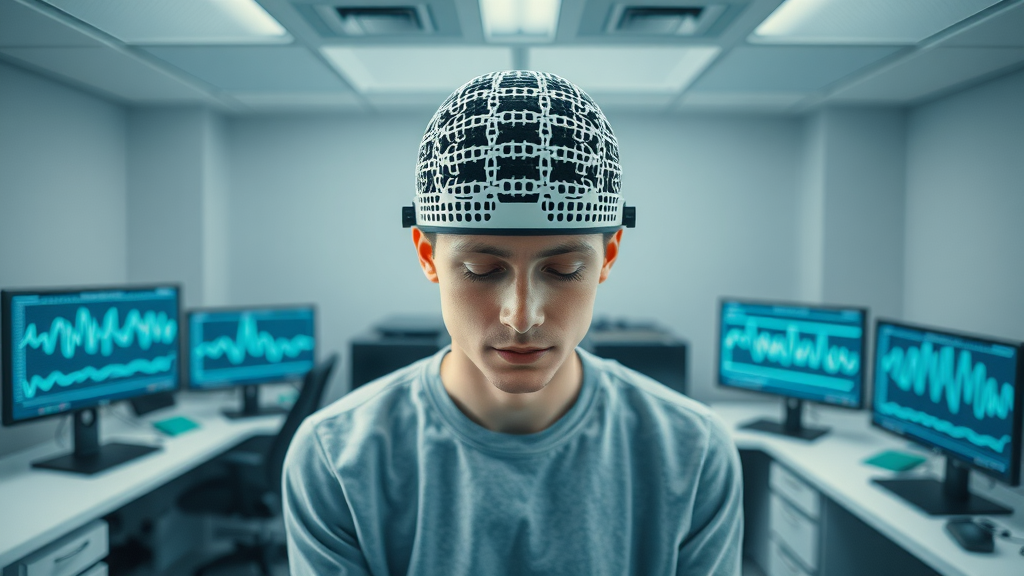
Integrating Brainwave Entrainment and Self-Hypnosis into Daily Practice
Daily Routines for Maximizing Self-Hypnosis
Integrating entrainment into everyday life does not require hours of meditation—often, as little as 10–20 minutes daily is sufficient for measurable benefits. Establish a consistent routine: choose a time of day when you can relax undisturbed, select the binaural beat or monaural beat audio to match your goal, and create a calming environment with minimal distractions. Over time, this practice trains your mind to enter trance states even more quickly and deeply, creating durable positive habits that persist even outside your sessions.
You can further sharpen results by keeping a practice journal, tracking mental state, intentions, and emotional shifts after each session. Whether your goals center on creative breakthroughs, behavioral change, or mastering pain management, a routine anchored in entrainment ensures each session builds on the last, compounding your results.
Measuring Progress and Results
Tracking your journey with brainwave entrainment and self-hypnosis is crucial for maximizing effectiveness. Common metrics include noting how quickly you achieve trance, changes in self-perception, and the impact on daily stress or sleep quality. Many practitioners observe cumulative benefits—the more regular and focused the sessions, the easier it becomes to reach and maintain the desired brainwave state.
Apps and devices equipped with activity monitors or built-in journals can further support your progress, providing data-driven insights into your brainwave activity and mental growth across sessions. This feedback builds motivation and allows you to fine-tune frequency choices for continual improvement.

Common Challenges When Using Brainwave Entrainment for Self-Hypnosis
Difficulty achieving a trance state
Selecting inappropriate brainwave frequencies
Dealing with distractions during sessions
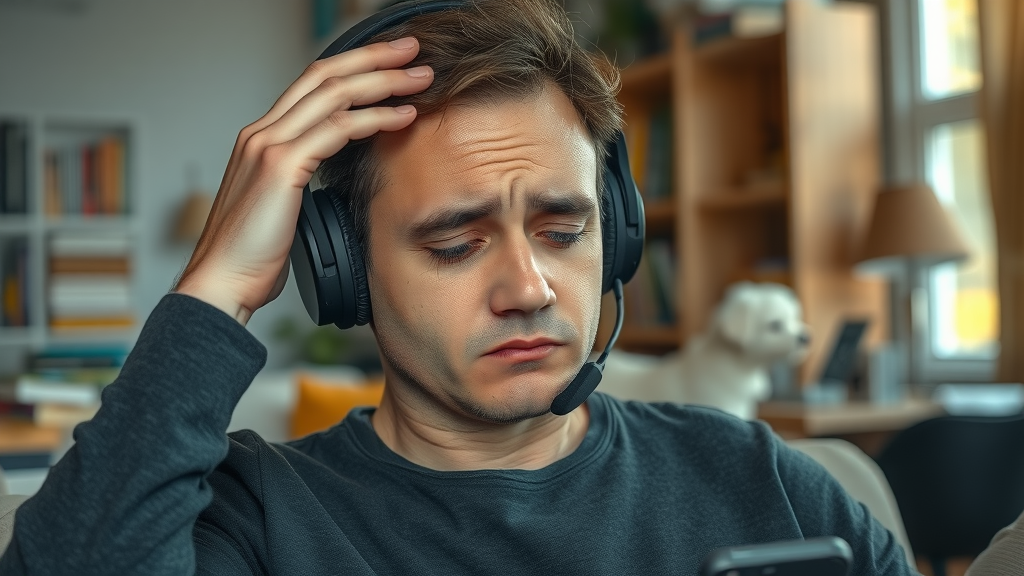
Expert Opinions and Recent Research on How Brainwave Entrainment Supports Self-Hypnosis
"Clinical trials continue to validate the impact of brainwave entrainment in enhancing self-hypnosis outcomes for both beginners and practitioners alike."
The growing consensus in the therapeutic and neuroscience communities is clear: brainwave entrainment is an accessible and effective shortcut to enhanced self-hypnosis. Recent clinical studies show measurable benefits in mental clarity, stress reduction, and greater receptivity to hypnotic suggestions. Experts recommend integrating both binaural beats and monaural beats based on session goals, and stress the value of regular, mindful practice for the best results.
Future research will continue refining these protocols, but for many, brainwave entrainment has already established itself as a transformative, research-backed ally for personal growth and lasting mental wellness.
Safety Considerations and Best Practices
Who should avoid brainwave entrainment?
Device and app recommendations for secure listening
While brainwave entrainment is safe for most, individuals with a history of seizures, epilepsy, or auditory processing disorders should consult a healthcare professional before use. Always employ reputable sources for entrainment audio, and select devices or apps that allow volume adjustment and session timing, ensuring a secure and comfortable experience.
People Also Ask: How Brainwave Entrainment Supports Self-Hypnosis
What brainwave is best for hypnosis?
Answer: Theta brainwaves (4–8 Hz) are widely recognized as the most conducive for achieving a deep hypnotic state, facilitating relaxation and heightened suggestibility.
What are the benefits of brainwave entrainment?
Answer: Benefits of brainwave entrainment include easier access to trance states, improved mental clarity, enhanced focus, stress reduction, better sleep, and increased effectiveness of self-hypnosis sessions.
What is the best frequency for self-hypnosis?
Answer: The best frequency for self-hypnosis is typically in the theta range, around 4–8 Hz, which supports deep relaxation and optimal receptivity to hypnotic suggestion.
Is brainwave entrainment legit?
Answer: Brainwave entrainment is supported by a growing body of scientific research and is considered a legitimate tool for enhancing self-hypnosis and other wellness practices, though individual experiences may vary.
FAQs: How Brainwave Entrainment Supports Self-Hypnosis
Can anyone use binaural beats for self-hypnosis?
Most people can safely use binaural beats for self-hypnosis. However, those with neurological conditions, epilepsy, or sound sensitivity should seek medical advice. Start with short sessions and low volume, and always listen in a safe, distraction-free environment.How long should a session last?
Sessions generally last between 10 and 30 minutes. Beginners may start with shorter durations, gradually increasing as they become more proficient in achieving and sustaining the trance state.Are there risks to overusing brainwave entrainment audio?
There are no known risks to moderate use with healthy individuals, but excessive exposure can sometimes lead to mild headaches or fatigue. Limit sessions to recommended durations and avoid high volumes.Does brainwave entrainment work for everyone?
While most people can benefit, individual responses vary due to factors like brain chemistry, experience, and session environment. Some may notice rapid progress, while others need more time to achieve desired states.Can brainwave entrainment boost learning and memory?
There is evidence suggesting that targeting specific brainwave frequencies, such as theta and alpha, can enhance learning, memory retention, and creative thinking. Consistent practice amplifies these potential benefits.
Key Takeaways: How Brainwave Entrainment Supports Self-Hypnosis
Brainwave entrainment is scientifically validated for supporting self-hypnosis
Binaural and monaural beats target specific brainwave frequencies
Sustained practice leads to deeper trance and better results
Summary and Next Steps
Embrace How Brainwave Entrainment Supports Self-Hypnosis For Transformative Results
"The future of personal development lies in harnessing our brain’s natural rhythms for well-being and self-mastery."
Explore reputable brainwave entrainment resources
Experiment with various frequencies and techniques
Track your progress and refine your practice
Unlock your mind’s deepest potential: combine science-backed brainwave entrainment with self-hypnosis for accelerated, lasting transformation.
Your Journey Begins: Try How Brainwave Entrainment Supports Self-Hypnosis Today!
Ready to experience the benefits for yourself? Choose a brainwave entrainment track and begin your journey toward relaxation, clarity, and self-mastery—today!
 Add Row
Add Row  Add
Add 

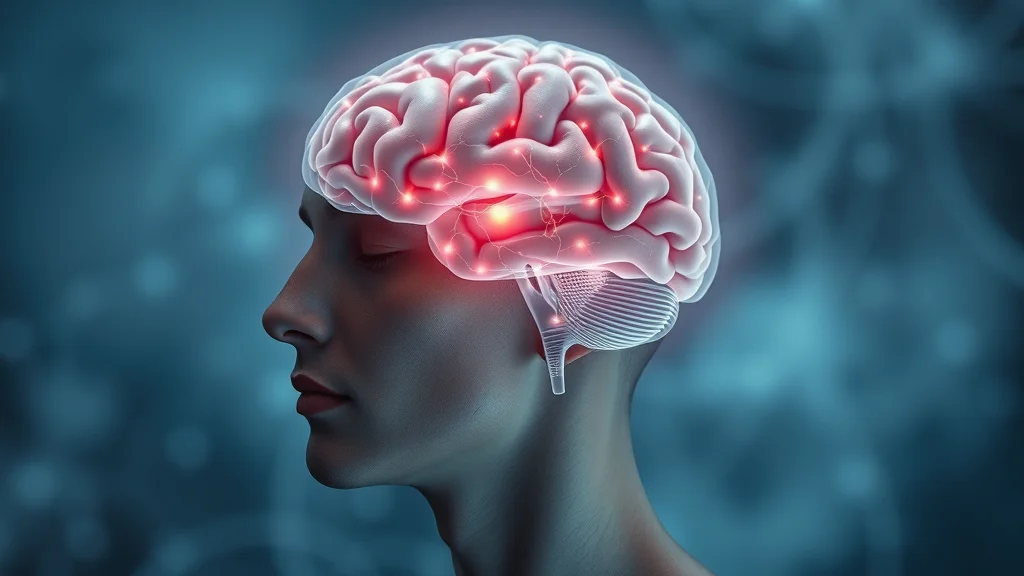


Write A Comment